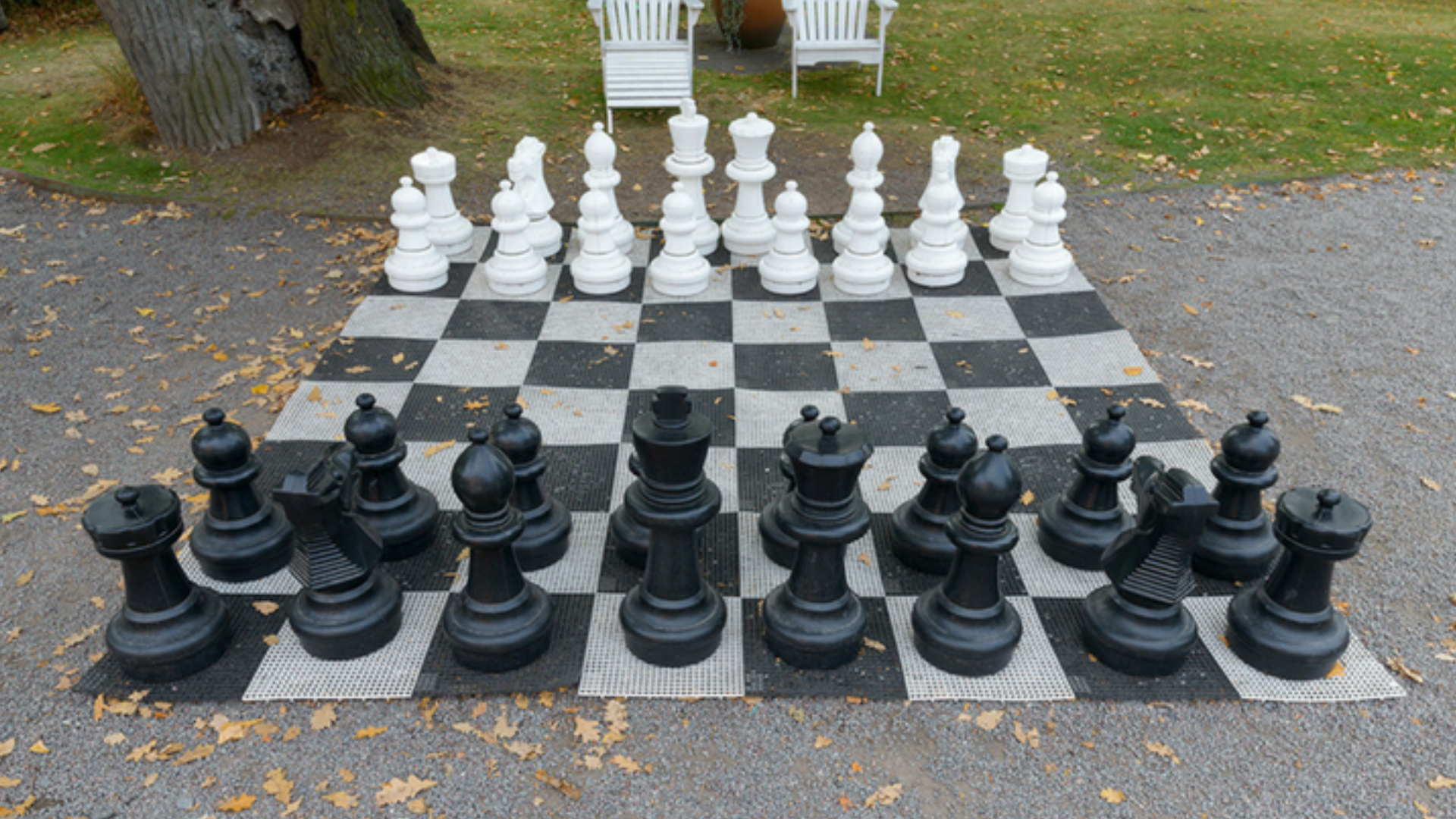How Someone with Limited Mobility Can Stay Active

If you or a loved one has a disability that affects or limits your mobility, balance, or endurance, it's important to know that there are still many ways you can stay active and reap the health benefits that come from physical movement and exercise.
Here is a roundup of ways to keep yourself or someone you care about moving:
Exercises
- Walking: Whether it's a stroll to the mailbox, around the block, or around a park, regular walking can help improve memory, blood circulation, and mood. Assistive devices such as walking poles, footed canes and walkers can help those with balance issues or limited stamina. If you have respiratory problems, you don't have to walk fast. And walking with a partner or in a group turns it into a social event. Doing several shorter bouts a day or taking several active rest breaks, such as moving legs gently while sitting or standing and resting, works well.
- Yoga: Yoga is a proven way to increase balance, flexibility, mobility and strength. It can even be done while sitting in a chair. A Google search for "chair yoga" will bring up many free videos.
- Water aerobics: If you have access to a pool, exercising in water is low impact. It's easy on the joints, helps with balance, builds strength through the resistance of the water and improves cardiovascular health.
- Chair exercise: Being confined to a wheelchair is no reason to miss out on being active. There are numerous videos and classes for chair-bound folks, including chair aerobics, chair boxing and chair yoga, that work the upper body and core, and can help improve cardiovascular fitness.
- Dancing: This is another activity that can be done from a chair if you can't stand and move on your feet. If you can stand, dancing with a partner can help with balance issues.
- Hula hoops: Baby boomers are sure to remember this activity! And even if someone can't get the hoop moving at their waist, there are smaller hoops that can be twirled on the arms.
- Resistance bands: These are like giant rubber bands that can be used to build muscle strength, even if you're confined to a wheelchair. These bands make it easier to do strength exercises from a seated position. They really are great for anyone who is just feeling unsteady but wants to do strength training.
- Arm pedaling: These pedal exercises allow people to strengthen their upper body and get an aerobic workout while sitting.
Physical Activities
- Giant games: Many senior activity centers offer giant-sized versions of board games, such as chess or checkers, making the games physical.
- Balloon activities: While someone with physical impairments may not have the ability to play regular volleyball, a balloon version, with something as simple as a ribbon for a net, can be a doable option. Or simply try to keep a balloon in the air for as long as possible either competing against someone else or trying to beat your previous record. Both will exercise your upper body and keep your arms above your heart for a period of time.
- Bowling: This is another activity that people can enjoy, even if they're in a wheelchair (check out the American Wheelchair Bowling Association). This can be as simple as setting up your own bowling game in a hallway at home or planning a trip to a local bowling alley that can accommodate someone in a wheelchair.
- Cornhole and other ball/beanbag toss games: These games can be played from a standing or sitting position, indoors or out.
- Bocce ball, shuffleboard and horseshoes: Similarly, these games can be played by virtually anyone who can use their upper body, whether standing or sitting.
- Wii games: While some sports may no longer be feasible for people with disabilities, these virtual reality versions can still deliver real physical exercise. There is a wide range of options, from sports like tennis and golf, to fishing, hunting, table tennis and laser hockey, to archery, cycling, swordplay and carnival games.
Other related articles by:
chair aerobics | chair exercise | chair yoga | disabilities | limited mobility | stay activeNote: The content of this blog is for informational purposes only. It is not intended for use as diagnosis or treatment of a health problem or as a substitute for the professional consultation of a physician or qualified health care provider. If you have specific questions or concerns regarding a health or medical condition, contact your physician or a licensed health care professional.

